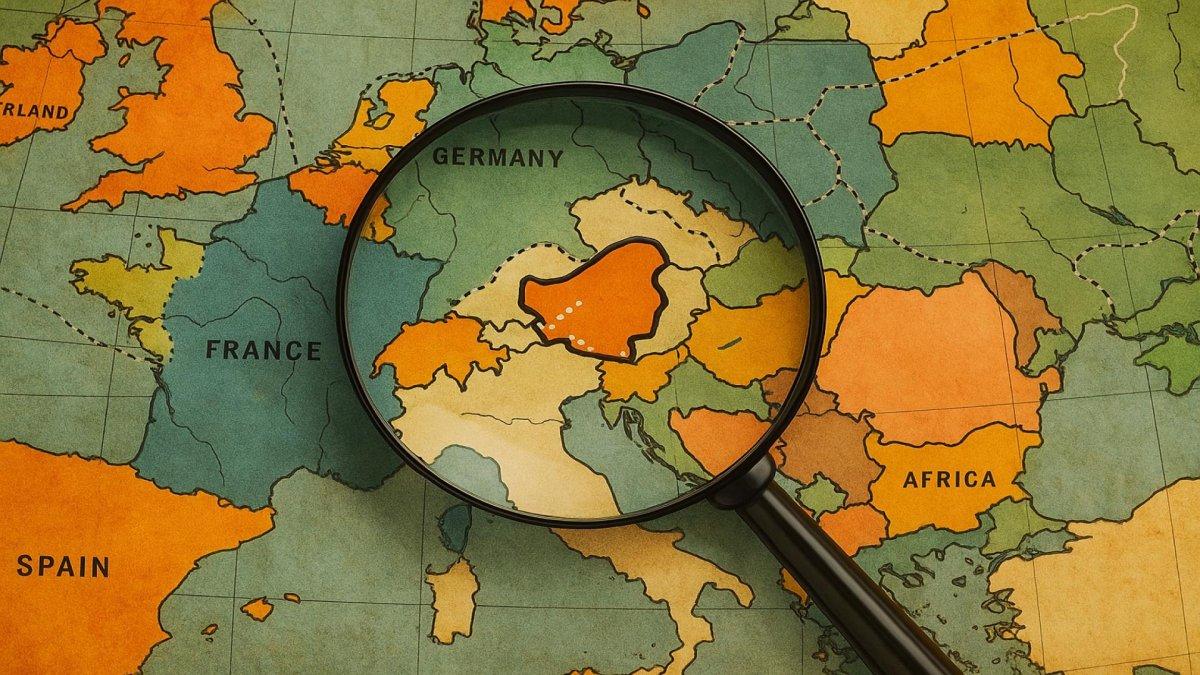5. Baarle-Hertog and Baarle-Nassau (Belgium-Netherlands Mix)

The towns of Baarle-Hertog (Belgium) and Baarle-Nassau (Netherlands) create one of the world’s most complicated border puzzles. This area features dozens of Belgian enclaves inside the Netherlands, with Dutch enclaves nested within some of them. Borders run through gardens, cafés, and even living rooms—changing a house’s nationality from one room to the next. Baarle is a living example of how tangled medieval land rights and centuries-old treaties can produce wonderfully bizarre and enduring border arrangements today.


















